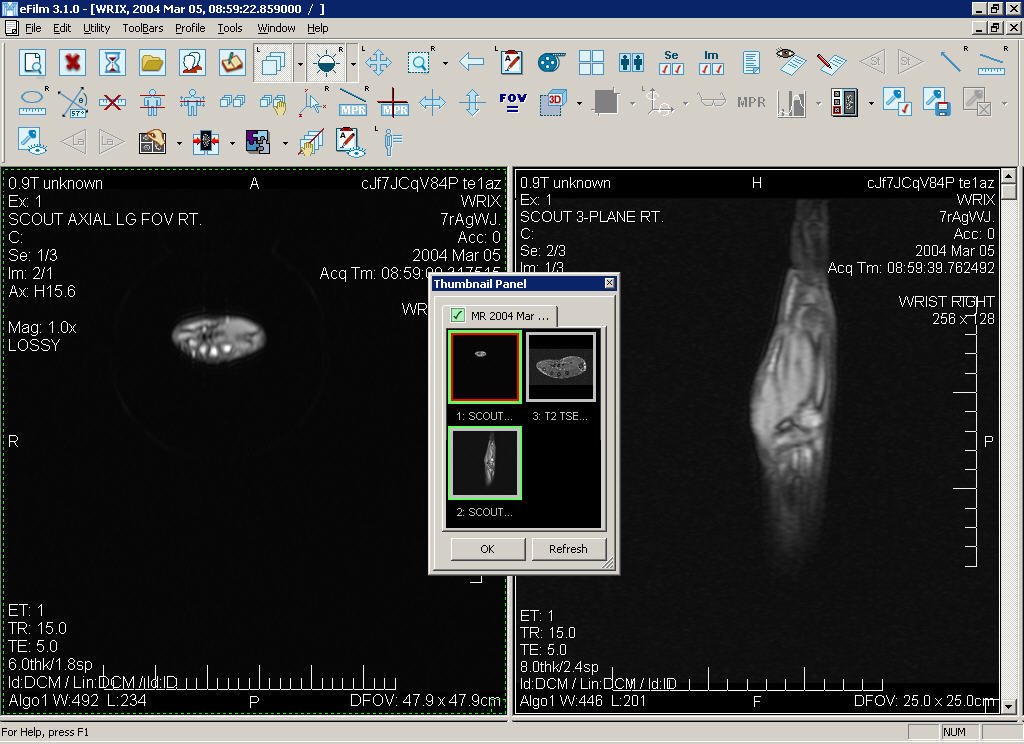


McNeill KM, Seeley GW, Maloney K, et al: Comparison of digital workstation and conventional reading for evaluation of user interfaces in radiology. Proc SPIE vol 914, Medical Imaging II, 1988, pp 842–849 Proc SPIE vol 767, Medical Imaging I, 1987, pp 646–653įuchs, H, Pizer SM, Creasy JL, et al: Interactive, richly cued shaded display of multiple 3D objects in medical images. Proc SPIE vol 767, Medical Imaging I, 1987, pp 844–848īeard D, Pizer SM, Rogers D, et al: A prototype single-screen PACS console development using human computer interaction techniques. Schuttenbeld HHW, ter Haar Romeny BM: Design of a user interface for a PACS viewing station. Proc SPIE vol 767, Medical Imaging I, 1987, pp 571–576 Taira RK: Operational characteristics of pediatric radiology image display stations. Proc SPIE vol 767, Medical Imaging I, 1987, pp 713–716 McNeill KM, Fisher III HD: A model for radiologic workstation user interface design. Proc SPIE vol 914, Medical Imaging II, 1988, pp 920–928 Horii SC, Horii HN, Kowalski P: An electric look at viewing station design. To illustrate these points a design, based on the constraint of a real room size and available architectural materials, will be developed. This paper will discuss some of the approaches to designing environments in which viewing of images is supported by the room architecture and engineering, rather than being degraded by it. Since some of the problems for film and electronic viewing overlap, such as heat generation (by the alternators, viewboxes, or work station electronics) and glare from light sources, it should be possible to develop solutions that are applicable to both environments, or to rooms that will feature both viewing systems. In examining existing reading environments, it is also apparent that they are not optimal, even for film.

If the rooms in which the work stations are placed are not conducive to comfortable work, it will certainly not favor electronic viewing over film reading. Based on studies of radiologist film reading sessions, considerable time will be spent working at such viewing systems. Despite the rapid progress made in the electronic design of imaging work stations for medicine, much less effort has gone into the design of environments in which such systems will be used.


 0 kommentar(er)
0 kommentar(er)
